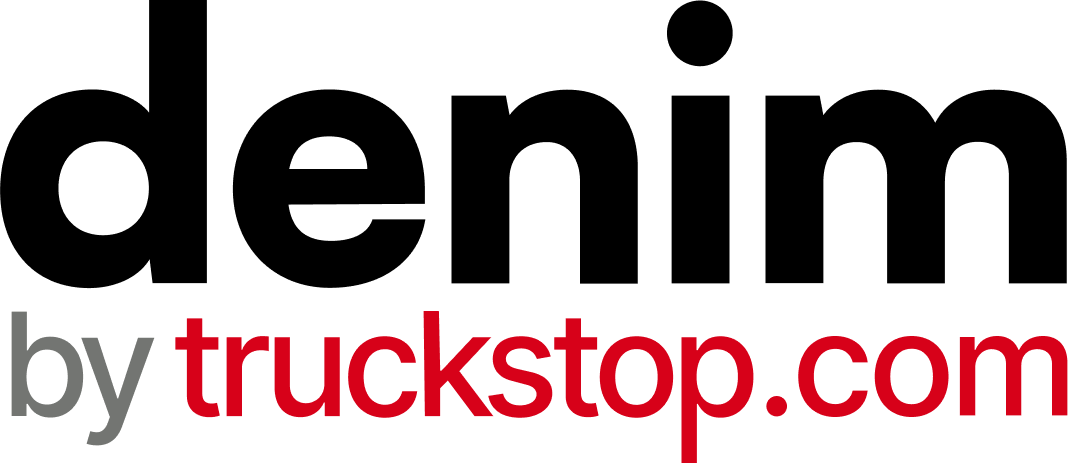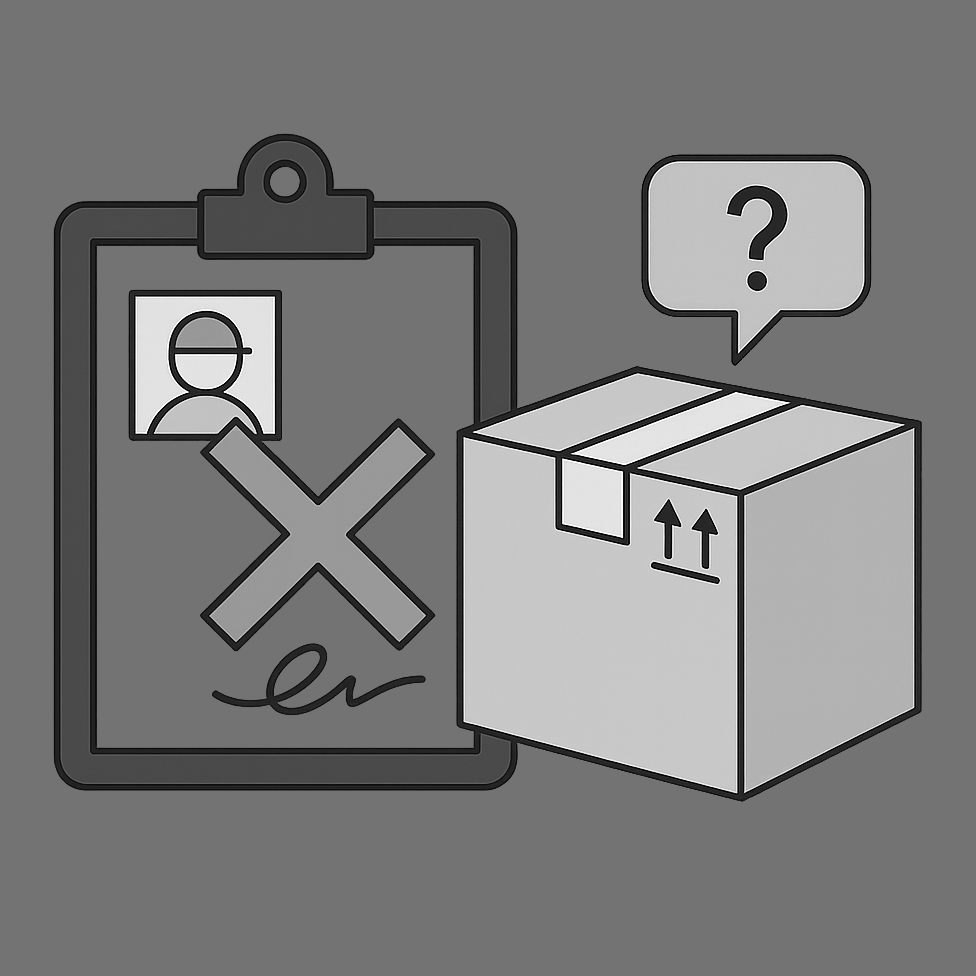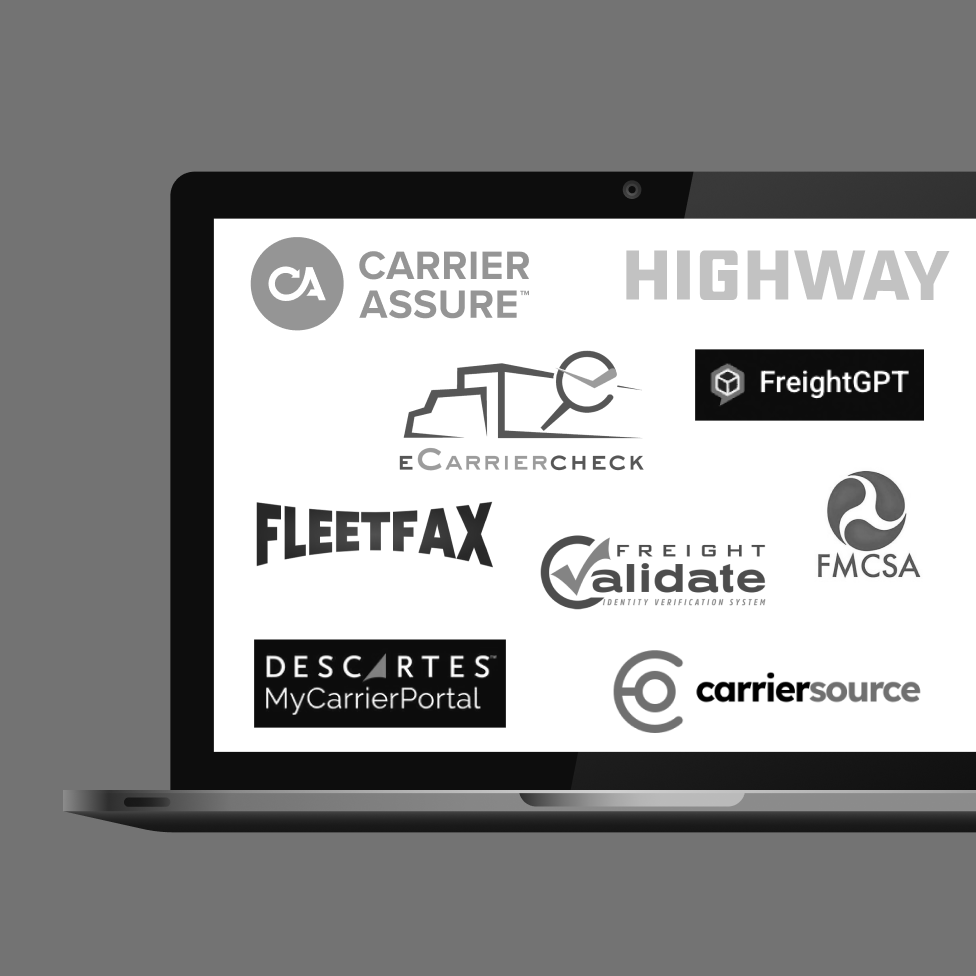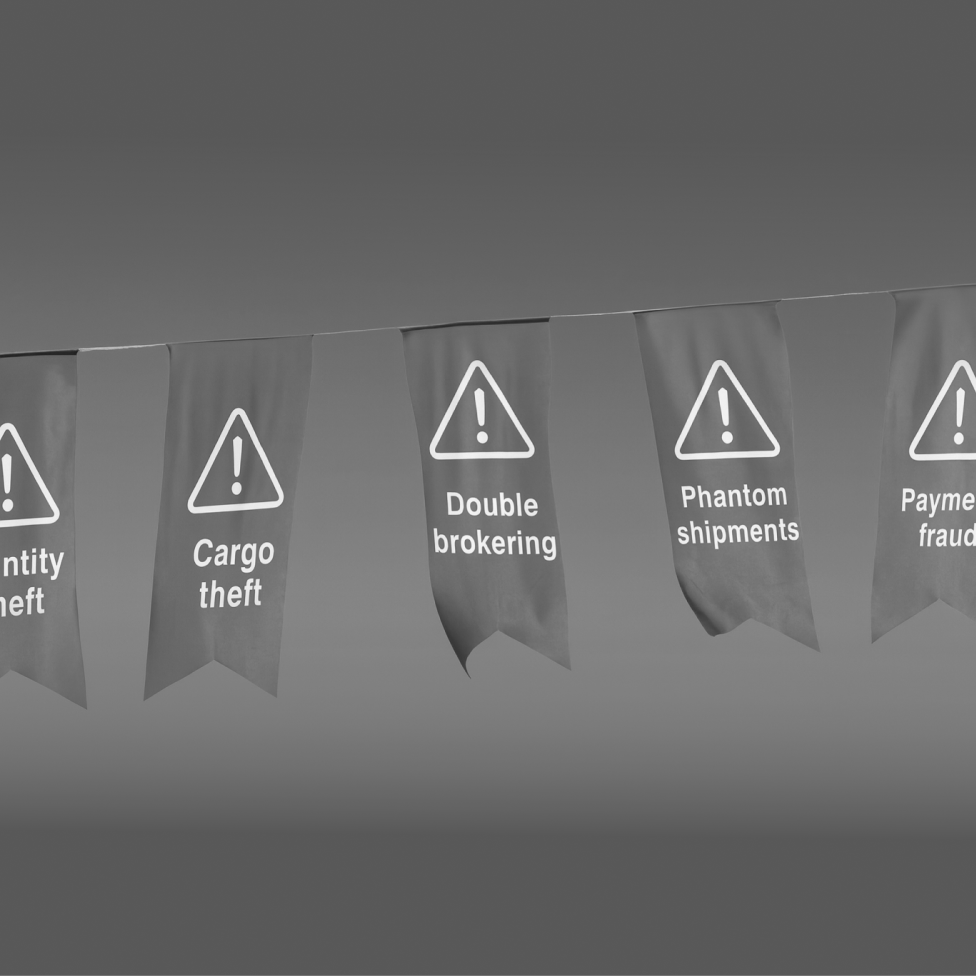Cash flow is the headwind all logistics companies face at some point.
Imagine a situation: shippers are on net 30 to 60-day payment terms, yet carriers must pay their fuel bills immediately. This scenario frequently translates into a significant cash crunch for growing brokerages and fleets.
On top of a challenging financial model, the supply chain faces one of the worst down markets in history.
The tumbling freight spot market and low demand push more fleets out of the trucking industry. So much so, it's actually setting records. According to Q1 2023 federal data, 31,278 trucking companies ceased operations in the year's first four months.
And it's not just impacting fleet vehicle owners. Multi-million dollar freight brokerages are filing for bankruptcy or merging.
In a tumultuous market, improving cash flow is even more critical. Freight brokers and fleet owners who effectively manage cash flow can:
- Navigate the challenges of an economic downturn
- Maintain their ability to serve clients' freight volumes and pay carriers
- Offer competitive pricing and flexible payment terms
- Capitalize on strategic opportunities for business expansion
The secret to keeping a healthy cash flow? Avoid these 5 common mistakes.
1. Overlooking Possible Client Payment Delays
Consumer spending habits are veering from goods to services. Your customers may experience financial difficulties due to decreased demand. This can result in delayed payments, which can have a significant impact on your business's cash flow.
To counter this, monitor your accounts receivable and freight payment processes closely and establish a robust credit control system. A freight payment system can automate collections and create receivables reports to l inform you of any delays or discrepancies.
Additionally, communicate with your clients and negotiate payment terms that work for both parties. Consider offering incentives for early freight payments to encourage promptness.
2. Neglecting to Control Expenses
It's crucial to keep a close eye on your expenses. Review your cost structure and identify areas where you can cut back without compromising your operations. Look at areas like non-essential travel or underutilized employee perks. Renegotiate contracts with vendors, and look for lower rates on factoring services or insurance.
Freight factoring fees are always open to negotiation based on days of sales outstanding and volumes. If your current factor is unwilling to re-evaluate your rate, it might be time to shop around. Switching your factoring company may seem difficult, but it can be done in under a week (Yeti Logistics switched factors in just 3 days).
While these steps are crucial for immediate expense control, considering a long-term view is equally important. Consider ways to avoid unnecessary costs in the future and maximize the value of your spending.
3. Inadequate Financial Planning
Failing to develop a comprehensive financial plan can affect your cash flow. When your business loses money, receives late payments, and incurs higher expenses, you need to develop a plan to fix it.
A comprehensive financial plan lays down a roadmap for cash flow and anticipates potential obstacles. By creating a strong cash flow forecast, you can consider typical recession effects like losing clients, smaller profits, and fraud. This forward-thinking strategy allows for identifying potential cash flow gaps and formulating strategies to bridge them.

A financial plan should include the following aspects:
- Revenue Forecast predicts how much money you will make in a certain time. It takes into account things like market trends, seasonal patterns, growth plans, changes in customer demand, and new laws.
- Expense Projection is a careful estimate of all your expenses. This includes fixed costs such as rent and salaries, as well as changing costs like fuel and vehicle maintenance. Additionally, it takes into account planned investments in technology or business growth.
- Cash Flow Analysis involves examining the inflow and outflow of your money. This includes considering potential delays in client payments and unexpected large expenses.
- Profit and Loss Projection shows how profitable your company is by subtracting costs from revenue, indicating potential growth.
- Contingency Planning involves creating a financial safety net for unexpected events. This can include keeping money aside, getting a credit line, or having plans to quickly cut costs if necessary.
- Capital Expenditure Plan: A strategic document that outlines any significant investments, such as new vehicles or warehouse facilities.
- Debt Repayment Plan: A clear strategy for servicing business loans or other debts is crucial for maintaining a healthy cash flow.
- Growth Strategy: Your financial plan should align with your growth goals. It's important to factor in the expenses and possible profits involved in expanding your services or entering new markets.
A financial plan's true strength is its ability to change and grow with market conditions, economic predictions, and internal adjustments. Regularly reviewing and updating your plan helps your logistics business stay financially stable, no matter the economic climate.
4. Over-Reliance on a Few Major Clients
Dependence on a select group of major clients can jeopardize your cash flow. In fluctuating consumer demand, the logistics sector often feels the ripple effects. When demand for goods slows, freight and logistics markets follow suit. This situation is where diversifying your client base becomes a strategic shield.

Diversification isn't about losing focus or expanding too broadly. It's about expanding your client base in a targeted manner. This strategy spreads risk, ensures a consistent revenue stream, and maintains your niche expertise.
Let's take a practical example. Suppose a logistics company primarily serves the automotive industry. A downturn in the automobile sector would directly impact the company's revenue.
To counter this risk, the company can venture into related sectors. Industries such as agricultural machinery or construction equipment need similar logistics services but operate under different market dynamics. This way, the company is less vulnerable to a single industry's performance.
Besides industry diversification, consider new geographies and adding new services. Explore other areas with potential demand growth if your operations are in one region.
Moreover, introducing new services can attract a broader range of clients. Services such as final delivery or temperature-controlled logistics can generate extra income, making your business more resistant to market changes.
Planning how to diversify your clients can make your business more stable in different market situations. This way, your company leverages its niche expertise while growing and protecting its revenue.
5. Lack of Technology Investment
Technology isn't an adversary to your cash flow in the logistics industry—it's an ally. Investing in technology is important for your company's efficiency and competitiveness, even if you are being careful with expenses.
Investing in technology isn't about acquiring the latest and most expensive gadgets. It's about strategically implementing cost-effective solutions that streamline operations and boost productivity.
One such indispensable tool is a Transportation Management System (TMS). A TMS can enhance your logistics company's efficiency.
It enables route optimization, lowering fuel costs and reducing delivery times. It improves inventory management, minimizing warehousing costs. Moreover, it enhances visibility throughout the supply chain, allowing for better decision-making and improved customer service.
In essence, strategic technology investments are integral to optimizing operations, improving service delivery, and enhancing cash flow management.
Remember, This is Cyclical
There have been 12 freight recessions since 1972, and the savviest brokerages have become stronger each time.
Maintaining a healthy cash flow during a recession is critical for the survival and growth of your freight brokerage business. Avoid these 5 cash flow mistakes to navigate the economic downturn and position your business for success when the market improves.
Remain vigilant, adapt to the changing landscape, and leverage available resources to ensure your company's financial health and stability.

Denim’s automated solutions streamline your back-office operations. Explore our solutions to see how Denim can help your business scale efficiently.
There's a better way

